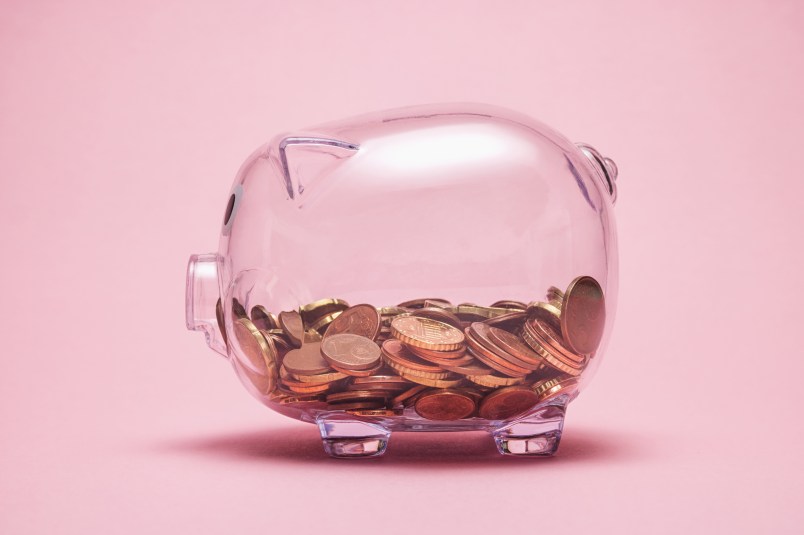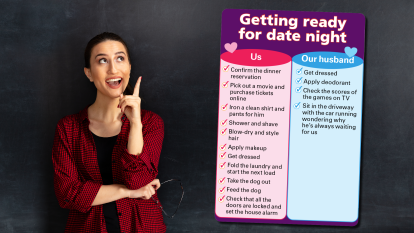The One Habit I Broke That Helped Me Save An Extra $5,000 in A Year

Have you ever purposely avoided information that would expose an inconvenient truth? If you’re like me, this may apply to your finances. We do this all the time: avoid checking our bank statements and reviewing where we’ve been spending; opt out of getting a receipt at the ATM because we just don’t want to know. According to science, there is a term for this type of behavior: The ostrich effect.
What is the ostrich effect?
Typically used in the context of behavioral finance, the ostrich effect is so named in reference to a (albeit false) claim that ostriches avoid danger by burying their heads in the sand. The term was first coined in 2006 by two researchers, Orly Sade and Dan Galai, in regards to investors and their spending habits. The researchers found that people were more likely to invest when the risk of their investment was unreported, preferring the “bliss of ignorance.” Later in 2009, another set of researchers, Niklas Karlsson, George Loewenstein, and Duane Seppi, re-examined the ostrich effect, concluding that investors avoid financial information because it requires a psychological stress response — something we’re generally inclined to steer clear from.
OK, but now what?
Now that you know this is a common phenomenon around spending and finances, what do you do with that information? Well, after listening to an NPR segment on the ostrich effect, it became clear to me that avoiding information, as I so often did, was no way to make decisions. Uninformed decisions are rarely good ones. After I had this realization, I vowed that I was going to test myself for three months and see if I could save more money than I had previously been able to by facing my fears head-on. Each day, I checked my account balances on my morning commute, whether or not I felt like the numbers on the screen were going to make me cringe, scream, or cry. Though it was uncomfortable at first, minimal tears were shed and I started, over time, to feel better and better about this new habit. I felt more in control.
I would check my account at the close of each day, and review any purchases made that day to see how much I’d spent. There were things that weren’t surprising, like monthly bills, but there were more subtle things that after some time, I realized were draining my pockets. Buying breakfast at the local deli everyday (can you say overpriced yogurt?), paying for parking meters or extra train rides, monthly subscriptions I totally forgot about were all relatively small costs but were hurting my wallet badly. At the end of the first month, I added together all the money I could be saving (factoring in new costs like grocery bills so that I could stop eating out) with my new money-conscious lifestyle. Because I hadn’t been avoiding my finances out of fear, it was easy to see how much money I could really be socking away by making small changes in my day-to-day.
Though I only set out to do this experiment for three months, I decided to stick with it and, eventually, I was able to regulate my spending habits so much so that I was able to save up to $100 more (sometimes even more than that!) a week than I had been able to save previously. Bringing awareness to my spending habits by doing a daily, weekly, and monthly review and deciding to take an active rather than a passive position with my finances helped me realize that I could be making the most of what I had with a few simple tweaks, and one year later, I was $5,000 richer — can’t beat that!
More From FIRST
7 Tips for Making Everything Fit When You’re Downsizing













